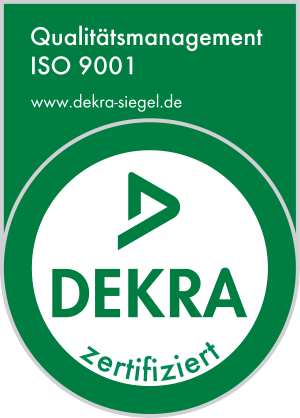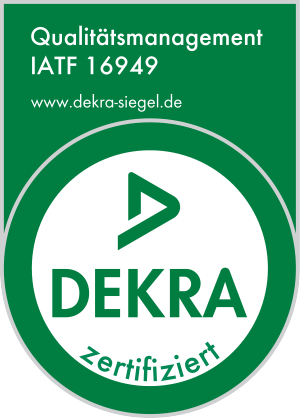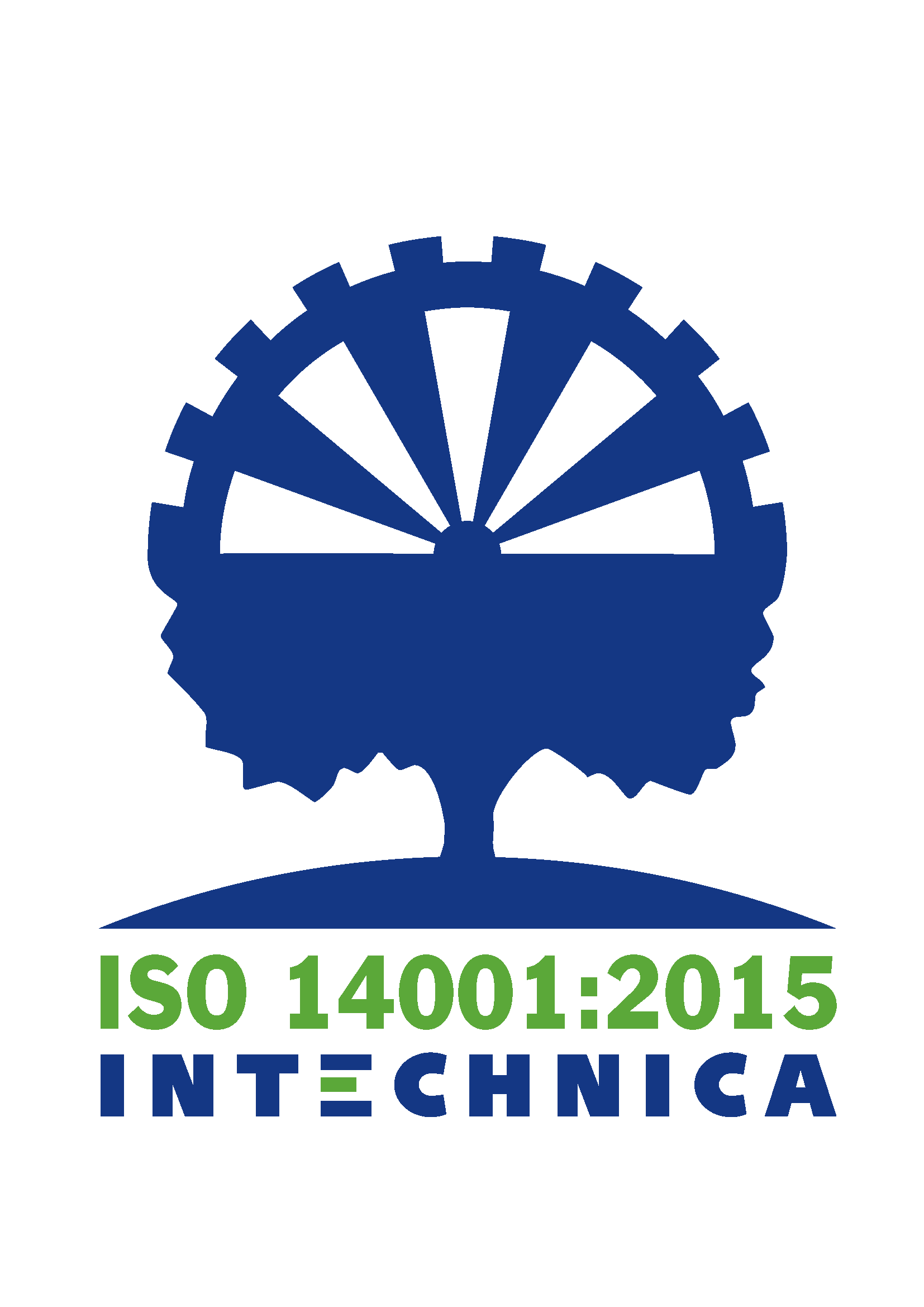Welcome to our extensive article on stamped and formed parts, an important component in numerous industries. In this article we will deal intensively with this topic and give you an insight into the world of punched and bent parts. We will provide you with all the important information, from the different applications and product examples to the benefits and quality assurance of sourcing these parts.
1. Introduction to stamped and bent parts
Stamped and bent parts are small but important products that are used in many industries. They are manufactured using the punching-bending process, in which the parts are first punched and then bent. This process allows shaping from simple angles to complex geometries in a single step. The versatility and efficiency of this process makes it a popular choice for mass production of stamped and formed parts.
2. Applications of stamped and bent parts
Stamped and bent parts are used in various industries. In vehicle construction, for example, they are used to hold air, water and oil pipes. In the electrical industry they are used as cable holders or connectors. In mechanical engineering they are used in the production of hydraulic hoses and in the agricultural industry as support plates. The possible uses are almost unlimited and are determined by the specific requirements of the individual industries.
3. Product examples – stamped and bent parts
The range of stamped and bent parts is enormous. Here are some examples of the different types of parts produced using the stamping-bending process:
- Simple spring and tube clamps and spring clips
- Retaining springs for fixing brake pads in motor vehicles
- Hardened, heat-resistant parts for the aerospace industry
- Sheet metal threads for various applications
- Spacer welding sleeves for electronic components
- Cable holder for the electrical industry
- Various assemblies and assembly parts
These examples illustrate the variety of possible applications and the wide range of products that can be manufactured using the stamping and bending process.
4. Advantages of the stamping bending process
The stamping-bending process offers a variety of advantages that make it an attractive option for the series production of stamped-bending parts. Here are some of the most important advantages at a glance:
4.1 Efficiency and cost savings
The stamping and bending process enables efficient and cost-effective production of stamped and bent parts, especially in large quantities. By using progressive tools or transfer tools, complex geometries can be formed in a single step. This saves time and reduces production costs.
4.2 High precision and quality of the stamped and bent parts
The stamping and bending process enables high precision in the production of stamped and bent parts. By using modern machines and tools, parts can be manufactured with tight tolerances and exact shapes. This ensures high quality of the end products.
4.3 Flexibility in material selection
The stamping and bending process enables the processing of a wide range of materials. From various steels and stainless steels to aluminum and non-ferrous metals such as copper, brass or bronze – the choice of materials is almost unlimited. This allows stamped and bent parts to be adapted to the specific requirements and needs of the applications.
4.4 Large quantity options
The stamping-bending process is suitable for producing small quantities as well as for large-scale production. This makes it a flexible option that meets the needs of both small businesses and large industrial companies. The series production of Strip and stamped and bent parts is efficient and cost effective.
5. Quality assurance when purchasing stamped and bent parts
Quality assurance is an important aspect when purchasing stamped and bent parts. It is crucial that the parts supplied meet the specified requirements and are of high quality. For this reason, it is advisable to work with reliable and quality-oriented partners.
6. Stock levels and price certainty when purchasing
Another important aspect when purchasing stamped and bent parts is stock availability and price certainty. It is advantageous if the supplier is able to keep parts in stock and deliver them as needed. This ensures a high level of security of supply and delivery times can be shortened. In addition, it is an advantage if the supplier offers stable and competitive prices.
7. Certifications and quality standards
Another important criterion when selecting a supplier of stamped and bent parts are certifications and quality standards. It is advisable to work with suppliers like us who are certified according to internationally recognized standards such as ISO 9001. This certification guarantees that the supplier has an effective quality management system and that customer satisfaction is the focus.
8. Summary: Stamped and bent parts
In this article we have dealt intensively with the topic of stamped and bent parts. We have highlighted the various applications and product examples and shown the advantages of this process. In addition, we have emphasized the importance of quality assurance and stockpiling when purchasing stamped and bent parts. It is important to work with reliable and quality-oriented partners like us to ensure the best possible quality and security of supply. If you need further information or would like to order stamped and bent parts, our experts will be happy to assist you.









Leave A Comment